Collarbone Joint Pain: Symptoms, Causes, Recovery Treatment
:format(webp)/cdn.mskdoctors.com/storage/2025/4/JJTzg8pOQVvfiNYqc2DmIL00QO2WCFAf.jpg)
Key Takeaways
-
Collarbone joint pain can arise from fractures, joint injuries, or arthritis, among other causes.
-
Symptoms include pain, swelling, tenderness, and reduced arm mobility.
-
Initial treatment steps involve rest, ice application, and over-the-counter pain relief.
-
Physical therapy and exercises can aid in recovery and prevent future issues.
-
MSK Doctors connects patients with expert consultants who provide thorough diagnoses and personalized treatment plans for collarbone conditions, available through both in-person and online consultations.
Overview of Collarbone Joint Pain
The collarbone, also called the clavicle, is a unique, slightly curved bone that acts like a bridge connecting different parts of our upper body. At one end, the collarbone links to your breastbone, and at the other end, it connects to your shoulder blade. These connections are what give humans our incredible ability to move our shoulders in so many different ways.
Located just beneath the skin, it is one of the most visible bones, which makes it vulnerable to potential injury. Collarbone joint pain can affect individuals of all ages. It often results from injuries such as fractures or joint separations, but conditions like osteoarthritis can also be culprits.
|
Symptoms of Collarbone Joint Pain
Pain Characteristics
Collarbone pains can be sharp and stabbing, especially with movement, or dull and persistent, lingering even at rest. The severity of the pain often correlates with the extent of the injury or condition affecting the collarbone.
Swelling and Tenderness
Swelling is a common symptom accompanying collarbone joint pain, resulting from inflammation in the area, often due to injury or irritation. Tenderness, or soreness when touching the collarbone, frequently accompanies swelling and can indicate the presence of an underlying issue.
Arm and Shoulder Mobility Impact
Collarbone joint pain often affects your ability to move your arm and shoulder freely. You might experience stiffness or a reduced range of motion, making everyday activities challenging. This limitation is typically due to pain and swelling, which restricts normal movement.
Visible Deformity Indicators
In some cases, collarbone joint pain may be accompanied by visible deformities, such as a noticeable bump or misalignment along the collarbone, indicating a fracture or dislocation. Such deformities often require immediate medical attention to ensure proper alignment and healing.
Common Causes of Collarbone Pain
Fractures and Breaks
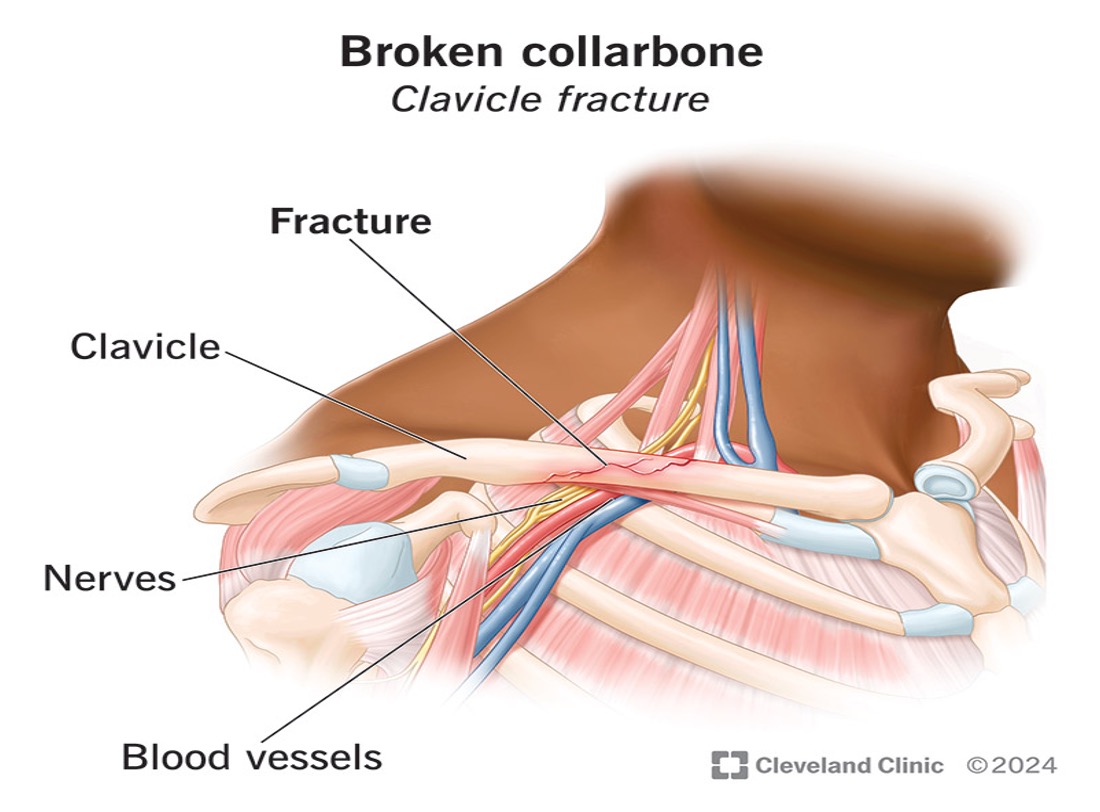
Fractures or breaks in the collarbone often result from falls, direct blows to the shoulder, or accidents. (Image courtesy of Cleveland Clinic).
A fracture or break typically comes with a sudden, sharp pain that can be hard to ignore. You might notice significant swelling around the area, and in some cases, the bone might look visibly out of place or misshapen.
Joint Injuries
Sometimes, the ligaments that hold the collarbone to the shoulder can become damaged. This often happens after a hard fall or a direct hit during sports or an accident. When these ligaments are torn or stretched, it creates a noticeable bump on the shoulder and brings significant pain and swelling. These injuries can range from mild sprains to complete dislocations, which can seriously affect how your shoulder functions.
Osteoarthritis Effects
Osteoarthritis is a condition where the protective cartilage that cushions our joints begins to break down. For people with this condition, especially older adults, the collarbone and shoulder area can become increasingly painful, stiff, and inflamed. The pain is usually more pronounced with movement and may be accompanied by a grinding sensation.
Thoracic Outlet Syndrome
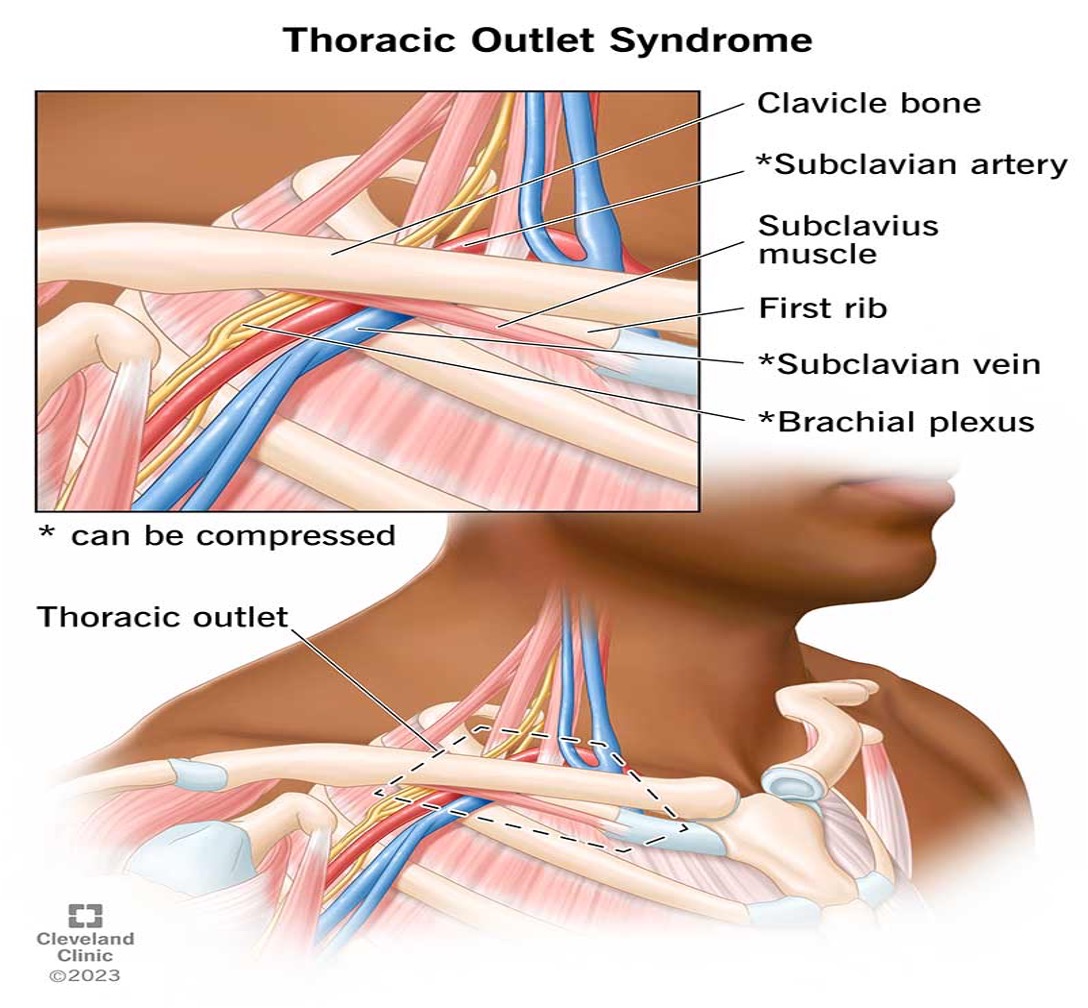
Thoracic Outlet Syndrome (TOS) is a less common cause of collarbone pain but can still be significant. It occurs when the nerves or blood vessels between the collarbone and the first rib are compressed, leading to pain, numbness, and tingling in the shoulder, arm, and hand. (Image courtesy of Cleveland Clinic)
TOS can result from repetitive movements, poor posture, or anatomical abnormalities.
Diagnosing Collarbone Pain
Medical Evaluation Steps
The diagnostic process typically begins with a detailed medical history and physical examination - the doctor will ask about your symptoms, any recent injuries, and your overall health. They will also perform a physical exam to assess pain, swelling, and range of motion in the shoulder and arm.
During the evaluation, your doctor may ask you to perform specific movements to identify any limitations or pain triggers, to form an initial diagnosis and to determine the need for further testing.
Imaging Techniques Used
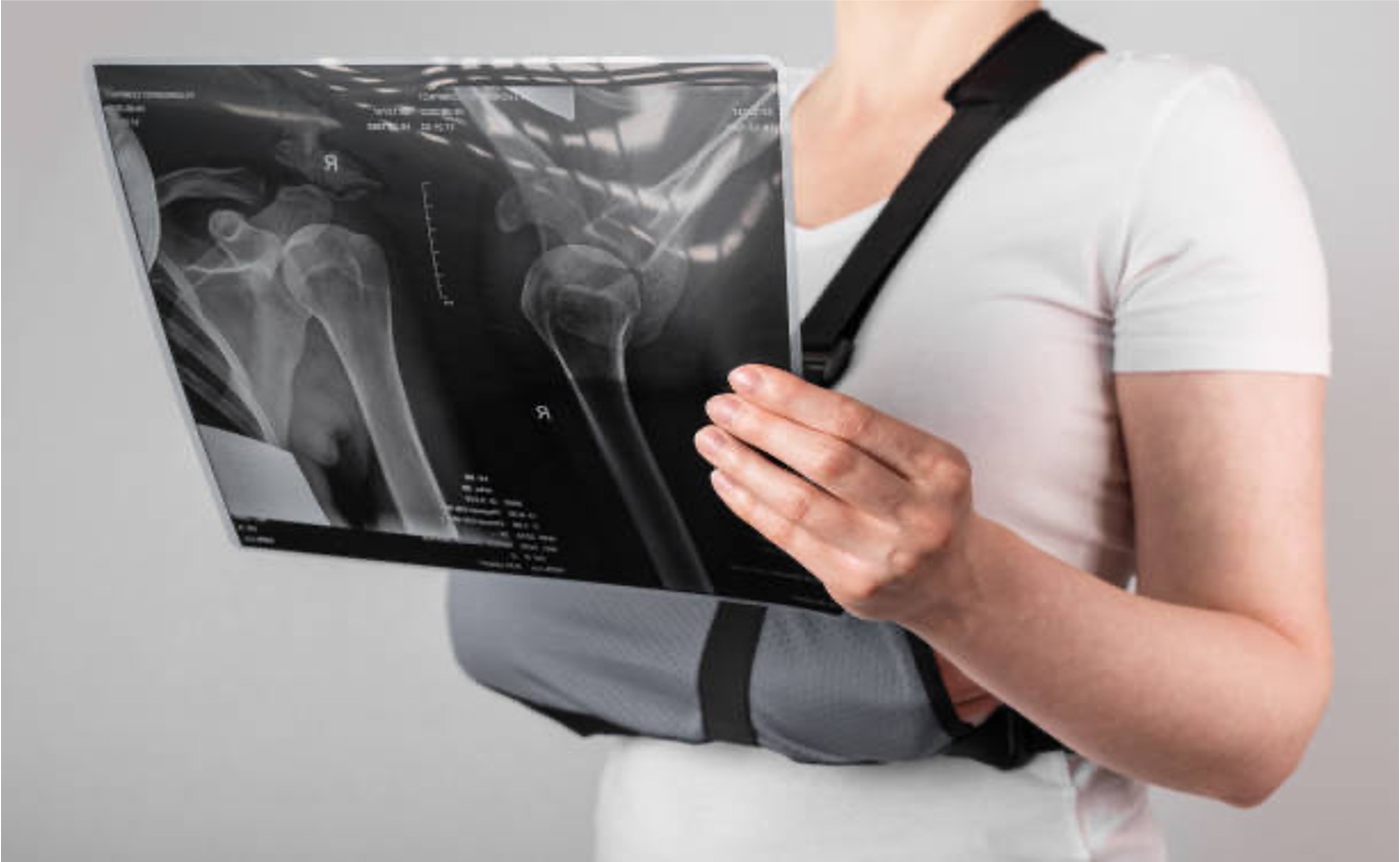
Imaging techniques such as X-rays provide a clear view of the bone structure and help to identify fractures or dislocations.
In cases where soft tissue damage is suspected, such as ligament tears or muscle injuries, an MRI or ultrasound may be recommended. These imaging tests offer better insights into the condition of the collarbone.
When to See a Doctor
If you experience severe or long-lasting collarbone pain, it might be time to see a doctor. Early diagnosis and treatment can prevent issues and promote faster recovery.
Also, if you notice any signs of infection, such as redness, warmth, or fever, consult a doctor promptly. These symptoms may indicate a more serious condition that requires immediate medical intervention.
Effective Treatment Methods
Rest and Ice Application
Avoid activities that exacerbate the pain and give your body time to heal. Applying ice to the affected area can help reduce swelling and numb the pain. Use an ice pack for 15-20 minutes every few hours during the initial days after the injury.
Physical Therapy
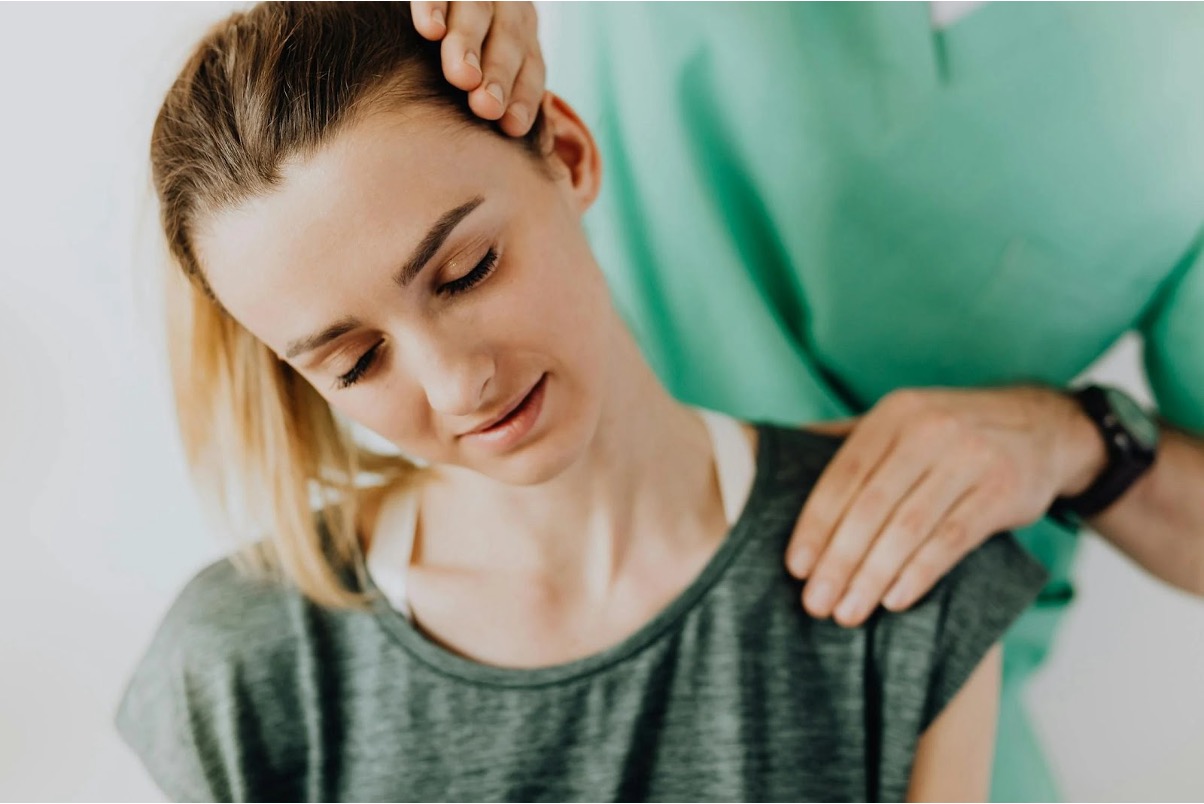
A physical therapist can create an exercise program to help you improve strength, flexibility, and range of motion.
Additionally, consistency in following the therapy regimen is key to achieving optimal results. Work closely with your therapist and communicate any concerns or difficulties you may encounter.
Surgical Interventions
In some cases, surgery might become necessary when other treatments haven't successfully addressed your collarbone pain. Surgical procedures can involve several different approaches, depending on your specific condition. This might include repairing fractures that haven't healed properly, realigning joints that are out of place, or removing small bone growths that are causing pain or limiting your movement.
Recovery from surgery varies based on the procedure and individual factors. It often involves a period of immobilization followed by physical therapy to regain strength and function. Your surgeon will provide specific instructions and guidance throughout the recovery process.
Medication Options
Medications like ibuprofen or acetaminophen work well for minor pains, or occasional discomfort. For more serious pain, such as chronic conditions like arthritis, medical treatment becomes more complex.
In these situations, doctors might recommend prescription medications that are stronger and more targeted. These could include advanced anti-inflammatory drugs or corticosteroids that help reduce inflammation and provide more comprehensive pain relief.
Prevention and Recovery Tips
Strengthening Exercises
Building strength around your collarbone and shoulder can make a big difference in how you feel and move. Focus on the muscles that support your shoulder - including the large shoulder muscles, the muscles across your upper back, and the smaller, crucial stabilizing muscles around your shoulder joint.
By carefully developing these muscle groups, you can create better support for your collarbone, reduce the risk of injuries, and improve your overall movement and comfort.
Safe Sports Practices
Ensure you use proper equipment, such as helmets and pads, when participating in contact sports. Additionally, focus on maintaining good form and technique to reduce the risk of falls and impacts.
Monitoring Bone Health
A balanced diet rich in calcium and vitamin D supports bone strength. Consider incorporating dairy products, leafy greens, and fortified foods into your meals.
Also, engaging in activities that make you work against gravity, such as walking, running, or lifting weights, actually help your bones become denser and more resilient. These weight-bearing exercises signal your body to build stronger bone tissue.
Expert Care for Collarbone Joint Conditions at MSK Doctors
Collarbone (clavicular) pain can significantly impact daily activities and quality of life. At MSK Doctors, we pride ourselves on delivering expert clinical care with a personal touch.
We use the latest medical technology to get a clear picture of what's happening with your collarbone. By combining cutting-edge and innovative motion analysis technology with our deep medical knowledge, we can pinpoint the exact source of your discomfort.
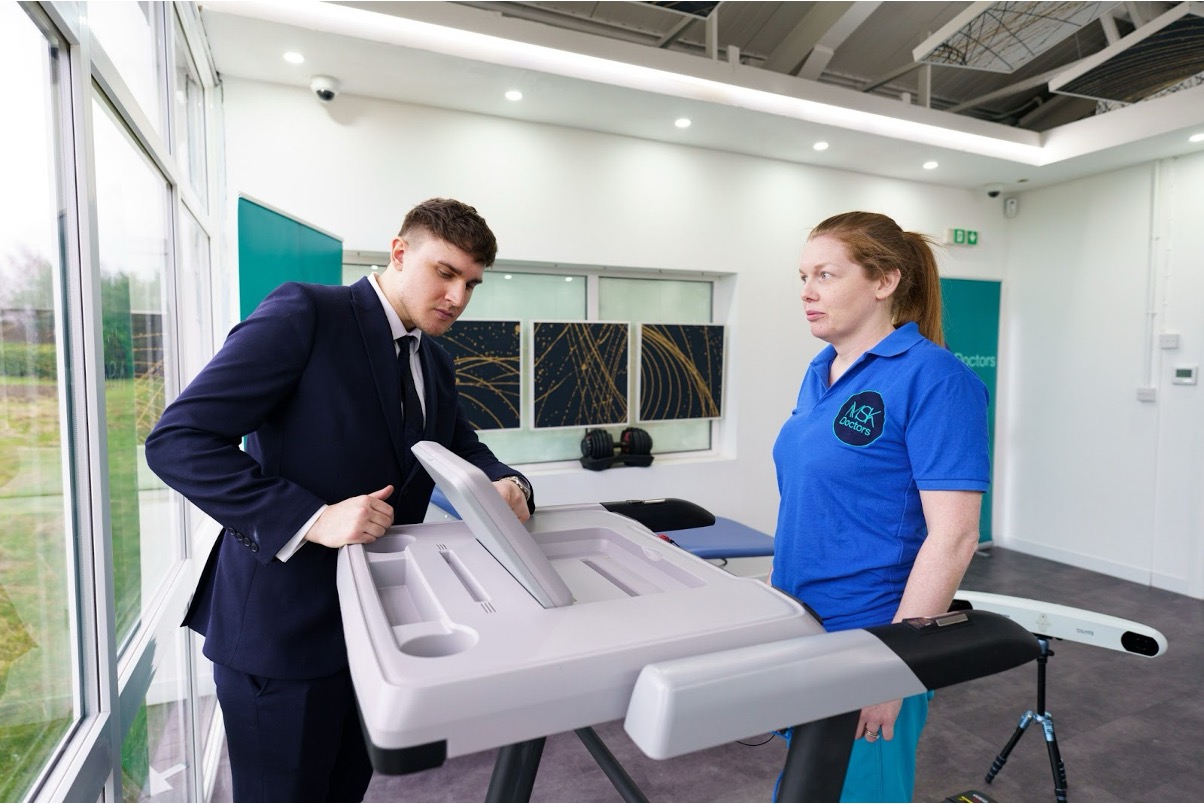
Our comprehensive care model brings together orthopaedic consultants, sports medicine physicians, and rehabilitation specialists who collaborate to create individualized treatment plans.
Book a consultation today to discuss your collarbone concerns and enter your path to recovery.
Frequently Asked Questions (FAQs)
Can collarbone pain heal on its own?
Yes, many cases of collarbone pain, especially those resulting from minor injuries or strains, can heal on their own with proper care. Rest, ice application, and over-the-counter pain relief are often sufficient for mild cases. However, you need to monitor your symptoms and seek medical attention if the pain persists or worsens.
How long does it take for a collarbone injury to heal?
The healing time for a collarbone injury varies depending on the severity of the injury. Minor strains or sprains may heal within a few weeks, while fractures or more severe injuries can take several months to fully recover.
Can exercise worsen collarbone pain?
While exercise is beneficial for recovery and prevention, improper or excessive exercise can increase collarbone pain. Follow a structured exercise plan designed by a healthcare professional or physical therapist.
What is the most common cause of collarbone joint pain?
Collarbone joint pain is most commonly caused by fractures, particularly due to falls or direct impacts. Joint injuries can also cause collarbone pain.
How can MSKDoctors help with my collarbone condition?
MSK Doctors connects you with leading specialists across the UK, including consultants with expertise in shoulder and collarbone conditions.
We offer comprehensive diagnosis, customized treatment plans, and rehabilitation services, with options for both in-person and online consultations for convenient access to expert care.
:format(webp)/cdn.mskdoctors.com/storage/2025/5/lDQqx3rAB6q6Z7wCvYIHB7HfAeL2J9sW.jpg)
:format(webp)/cdn.mskdoctors.com/storage/2025/5/6NAtUY0TInuAFOF6ylhh7Y3k2O0gCAiL.jpg)
:format(webp)/cdn.mskdoctors.com/storage/2025/5/aIMSrJCWBNrLQKZXwdbd61WHOgFu6Jbo.jpg)
